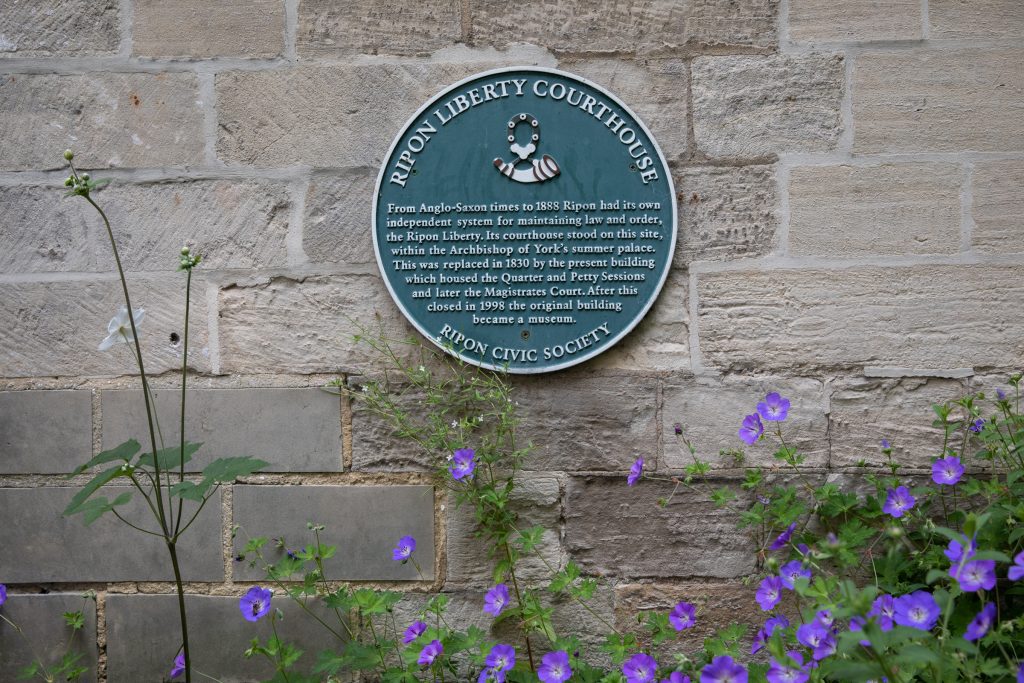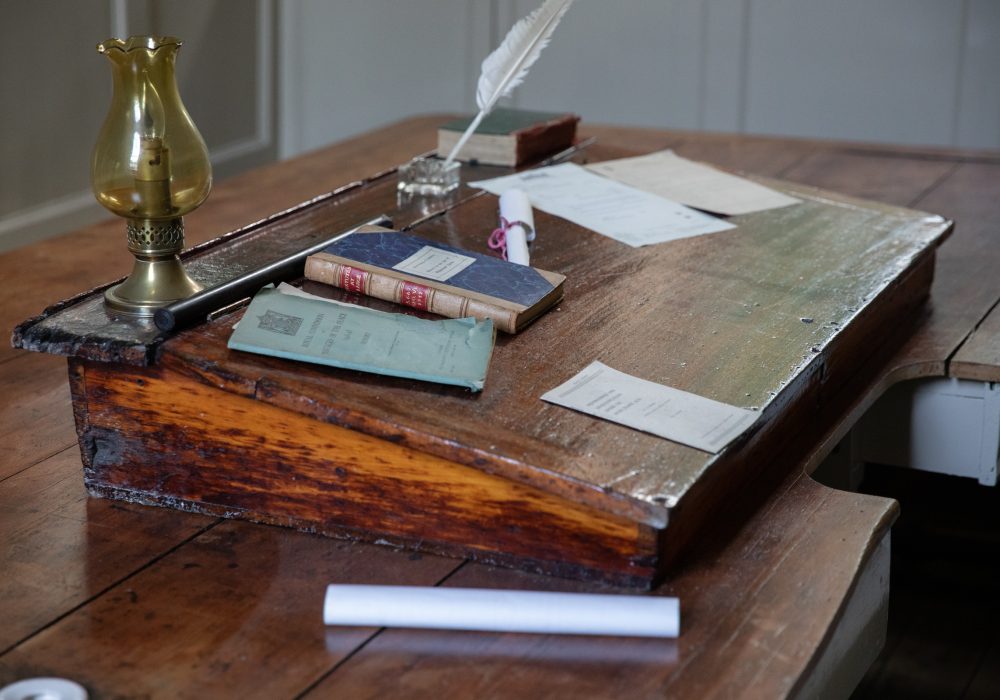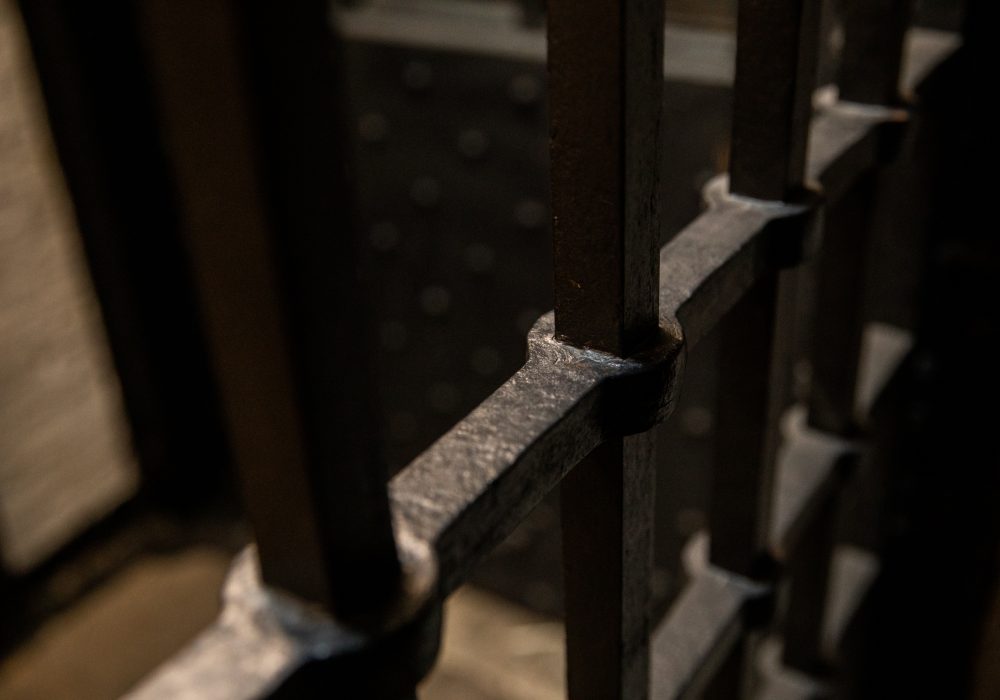Who were the Ripon Liberty magistrates?
In 1830, when Ripon Liberty Magistrates’ Court was built, Justices of the Peace were appointed by the Crown. They were all men and for most of the 19th century were chosen from men of local power: wealthy businessmen, landowners, or leading figures of the Cathedral. The Dean of Ripon was always a member of the Bench, together with the Mayor and Aldermen.
If the Chairman thought that the Bench needed a new appointment, a suitable candidate would be invited to become a Magistrate and would be formally appointed by the Crown. Most Justices of the Peace would have considered it an honour to serve on the Bench, but in 1862, when H.H. Oxley was invited to the Bench, he wrote: “I am individually indifferent to it, but if the Bench would gain by the addition of so illustrious a name, then so be it.” The Oxleys of Ripon provided the Ripon Bench with eight Justices from the 18th to the 20th centuries, and many members of the notable local families of Ripon and surrounding area served over the same period. Charles Oxley was the first Chairman of the Petty Sessions, and he served from 1811 until his death in 1876. All the Justices were lay people, without any legal qualification. They were advised on the law by the Clerk to the Justices, who would be present in the Court. The Justices would sit with a Chairman, for the weekly Petty Sessions, and were all men until the 1940s, when women were allowed to be Magistrates, and had to wear a hat!
What were Petty Sessions and Quarter Sessions?
The Petty Sessions would hear minor criminal offences and would deal with them without a Jury. The more serious offences “Felonies” were adjourned to the Quarter Sessions held at Epiphany, Easter, Midsummer and Michaelmas, with a jury, and overseen by the Chairman, acting as a Judge.
The Quarter Sessions did not deal with criminal cases only – the Justices had to deal with overseeing local administration, which included paying the bills for coal and food for the prisoners, and expenses paid to Constables and Overseers, bills for pauper burials and the Coroner’s charges.
Local people could go to the Magistrates to lay a complaint against another person or persons, and then the Constables would have the authority to arrest the people concerned. They also licensed and inspected Public Houses, regulated prices, dealt with employment disputes, apprenticeships and oversaw the Poor Law, all of which kept them very busy. Quarter Sessions ended in the 1950s, to be replaced by the Crown Court system.
How does the Magistrates Court work now?
Today, anyone can apply to become a Magistrate, no matter what their occupation. If appointed, he or she will have to undergo rigorous training before they are allowed to take the Oath of Allegiance to the Queen and sit on the Bench. They are all lay people, without any legal qualification, and those Magistrates who decide to serve in the Youth Court or the Family Court have to undergo more specialist training.
When the Ripon Liberty Court was still operating, up to 1998, the Ripon Bench would only sit at Ripon, but now the Magistrates in North Yorkshire could be asked to sit at any Court in North Yorkshire.


